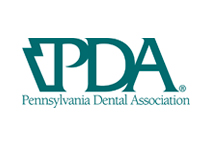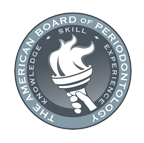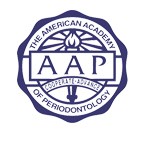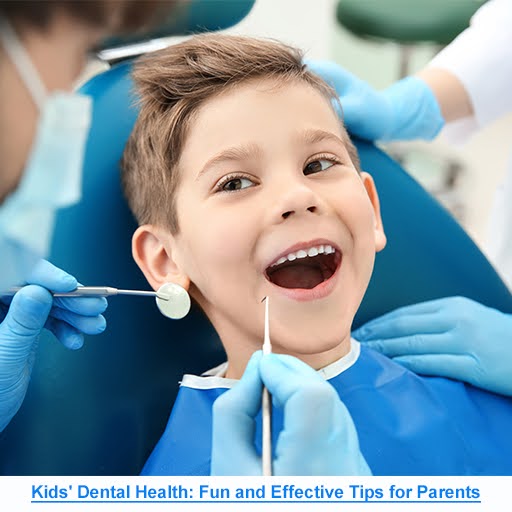
Introduction:
As parents, ensuring our children maintain good dental health can be both a fun and educational journey. By starting early and incorporating playful methods, you can set your kids up for a lifetime of healthy smiles. Let’s dive into some creative and effective tips to make dental health a family affair!
Summary
1. The Importance of Early Dental Care
2. Fun Brushing Techniques for Kids
3. Teaching Proper Brushing Techniques
4. The Role of Fluoride in Dental Health
5. The Power of a Balanced Diet
7. Dental Sealants and Their Benefits
8. Encouraging Healthy Habits Through Play
9. Addressing Common Dental Issues
1. The Importance of Early Dental Care

From the moment your baby’s first tooth comes in, you should start thinking about dental care. Early habits help ensure your child has healthy teeth and gums for life. Even before teeth appear, you can gently clean your baby’s gums with a soft, damp cloth.
Baby teeth will eventually fall out, but they are important for your child’s growth. They help with chewing food, speaking clearly, and guiding adult teeth into the right place. Ignoring baby teeth can cause problems for adult teeth, so it’s important to take care of them.
2. Fun Brushing Techniques for Kids

Transforming toothbrushing into a game can make the process enjoyable. Use a timer or play a favorite song for two minutes to encourage kids to brush for the recommended time. You can also turn it into a friendly competition to see who can brush all their teeth properly.
Brightly colored toothbrushes and fun-flavored toothpaste can make brushing more appealing. Many brands offer toothbrushes with cartoon characters or lights that make the activity exciting. Letting your child pick out their own dental tools can also give them a sense of ownership and motivation.
3. Teaching Proper Brushing Techniques
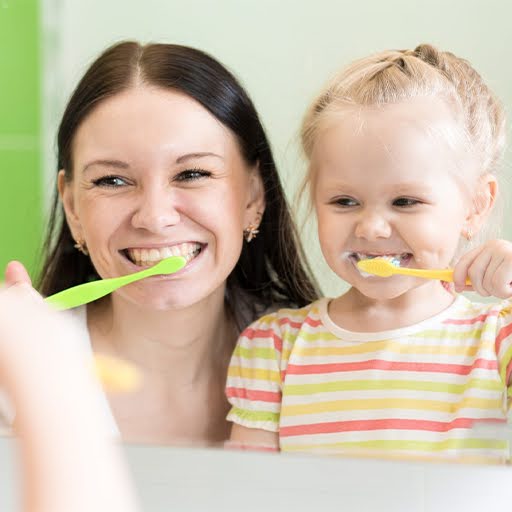
Children learn by watching their parents. Brush your teeth alongside your child to show them the correct technique. Hold the brush at a 45-degree angle to the gums and use gentle, circular motions. Demonstrating good habits helps kids mimic your actions.
Break down the brushing process into simple steps. Start with the outer surfaces, then the inner surfaces, and finally the chewing surfaces of the teeth. Don’t forget to gently brush the tongue to remove bacteria and keep your breath fresh. Reinforce these steps until they become second nature.
4. The Role of Fluoride in Dental Health
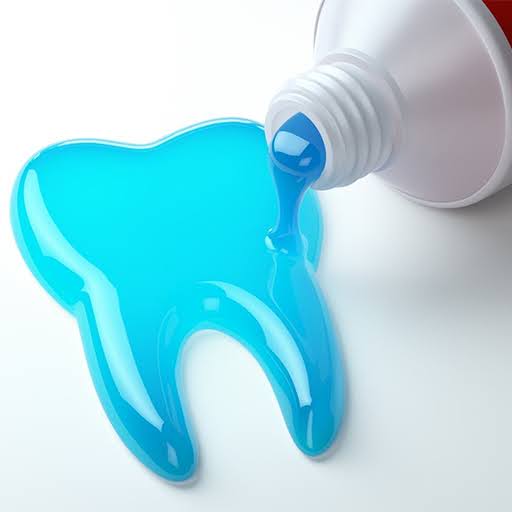
Fluoride is a mineral that helps stop cavities and makes tooth enamel stronger. It’s very important for kids’ dental health. Many communities have fluoride in their water, but if yours doesn’t, ask your dentist about fluoride supplements or treatments.
For children over three years old, use a pea-sized amount of fluoride toothpaste. For younger kids, use a tiny smear about the size of a grain of rice. Make sure they spit out the toothpaste after brushing to avoid swallowing too much fluoride, which can cause fluorosis.
5. The Power of a Balanced Diet
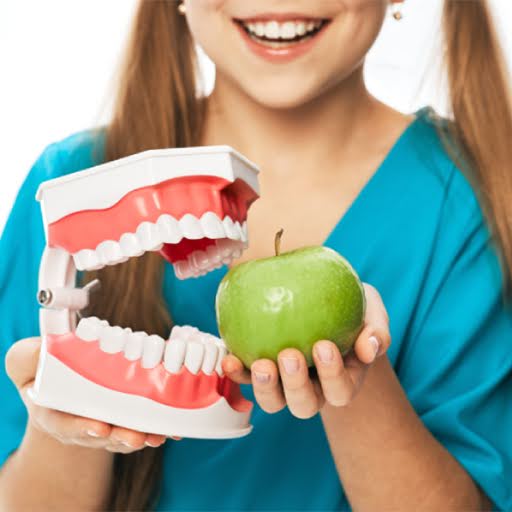
Eating the right foods is key to keeping your teeth healthy. Foods high in calcium, like milk, cheese, and yogurt, help make teeth strong. Crunchy fruits and vegetables, like apples and carrots, can help clean teeth and keep gums healthy.
Sugary foods and drinks can cause tooth decay. Limit snacks like candy, cookies, and soda. Encourage healthier options like fresh fruits, nuts, and cheese. If your child eats sugary treats, make sure they brush their teeth afterward.
6. Regular Dental Check-Ups
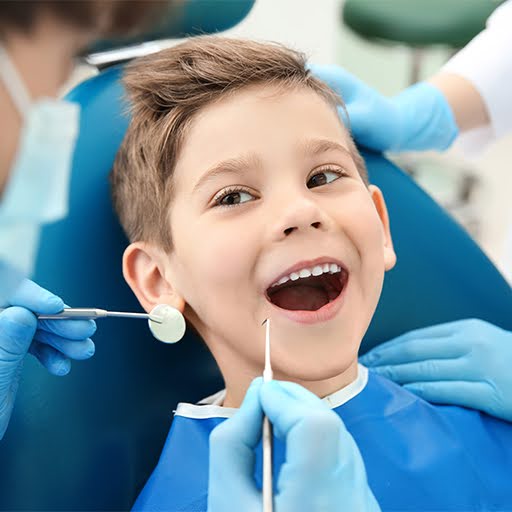
Regular dental check-ups are essential for maintaining your child’s dental health. Schedule the first visit by your child’s first birthday, and continue with check-ups every six months. These visits help catch any issues early and keep teeth in top shape.
To make dental visits less intimidating, prepare your child by explaining what to expect. Use positive language and avoid words that might cause fear, such as “pain” or “hurt.” Reading books or watching videos about dental visits can also help ease anxiety.
7. Dental Sealants and Their Benefits
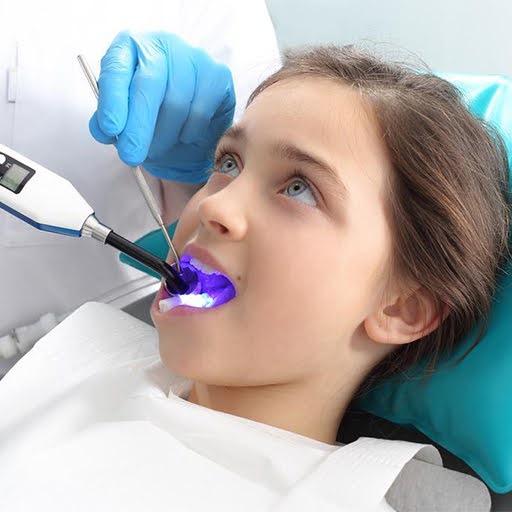
Dental sealants are thin protective coatings put on the chewing surfaces of the back teeth. They help prevent cavities by keeping out food and bacteria. Sealants are especially good for children who might have trouble brushing their molars well.
Your dentist can apply sealants when your child’s permanent molars come in, usually between ages 6 and 12. The procedure is quick and painless, giving extra protection during the years when cavities are most common.
8. Encouraging Healthy Habits Through Play

Children love to play make-believe. Use this to your advantage by playing dentist at home. Let your child be the dentist and check your teeth with a toy dental kit. This role reversal can make them more comfortable with their own dental care routine.
Incorporate a reward system to motivate your child. Create a sticker chart where they can earn a sticker each time they brush their teeth properly. After collecting a certain number of stickers, they can receive a small prize. This positive reinforcement encourages consistent habits.
9. Addressing Common Dental Issues

Teething can be hard for both parents and babies. You can help soothe your baby’s sore gums by giving them teething rings or a cold, damp cloth to chew on. Avoid using teething gels with benzocaine, as they can be harmful to young children.
Even with good dental care, cavities can still happen. If your child gets a cavity, stay calm and reassure them. The dentist will clean the affected area and fill the cavity to stop it from getting worse. Keep reminding your child about the importance of taking care of their teeth to prevent more problems later on.
FAQ
Q.1. When should I start brushing my baby’s teeth?
A.1. Start brushing your baby’s teeth when their first tooth comes in. Use a soft toothbrush and a little bit of fluoride toothpaste.
Q.2. How often should my child visit the dentist?
A.2. Children should visit the dentist every six months for regular check-ups and cleanings. This helps prevent cavities and catch any issues early.
Q.3. What should I do if my child is afraid of the dentist?
A.3. Prepare your child by telling them what to expect and using positive words. Reading books or watching videos about dental visits can also help them feel less worried.
Q.4. Are dental sealants safe for children?
A.4. Yes, dental sealants are safe and effective. They provide a protective barrier against cavities, especially on the chewing surfaces of back teeth.
Q.5. How can I make brushing teeth fun for my child?
A.5. Turn brushing into a game, use colorful and interactive toothbrushes, and play their favorite songs while brushing. A reward system can also motivate them to maintain good habits.
Conclusion
Ensuring your child maintains good dental health doesn’t have to be a daunting task. By starting early, making brushing fun, and leading by example, you can instill healthy habits that last a lifetime. Regular dental visits, a balanced diet, and using fluoride correctly all contribute to a healthy smile. Remember, turning dental care into a positive experience through games and rewards can make all the difference. With these tips, you’re well on your way to helping your child achieve optimal dental health and a bright, confident smile.
For personalized assistance or to schedule a consultation, please contact our dedicated team at (267) 908-4867 or visit our website at https://premierperiodonticspa.com/contact-us/. Your smile is our top priority, and we’re committed to providing you with the guidance and support you need for a comfortable dental experience. Trust us to prioritize your oral health and support you on your journey to a vibrant and healthy smile. We look forward to working with you to achieve your oral health goals.




